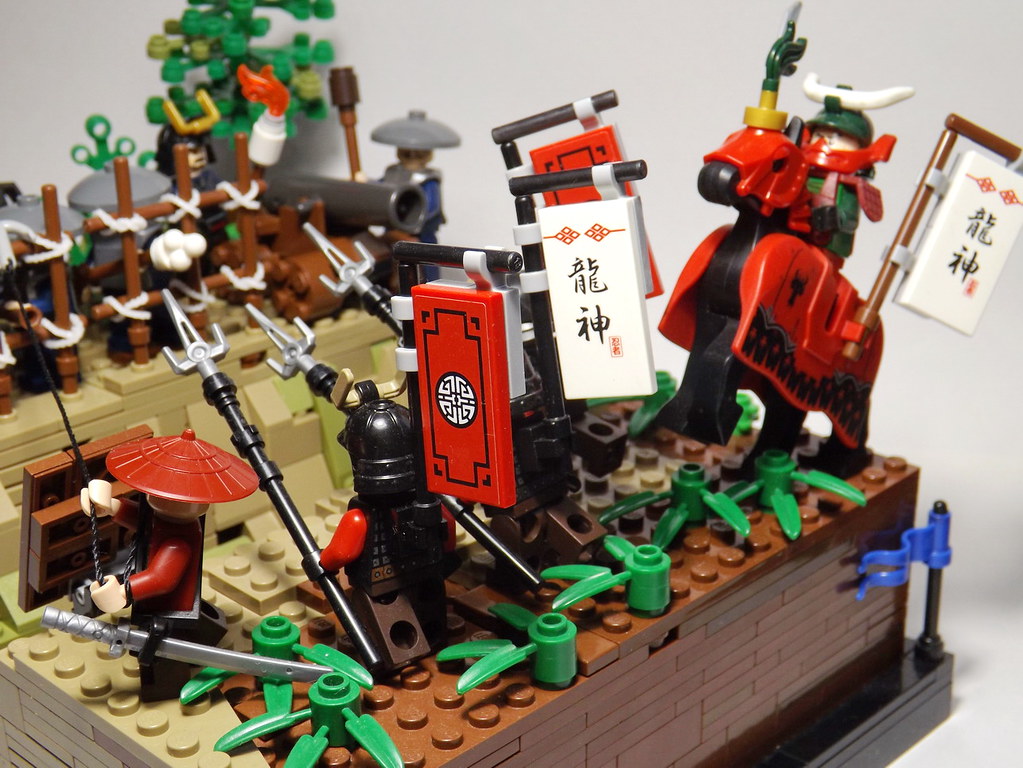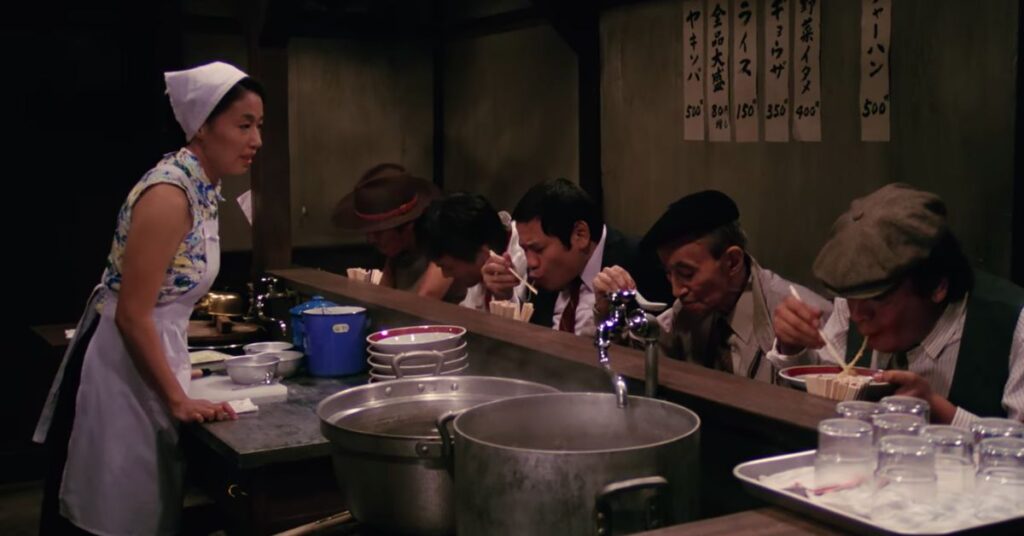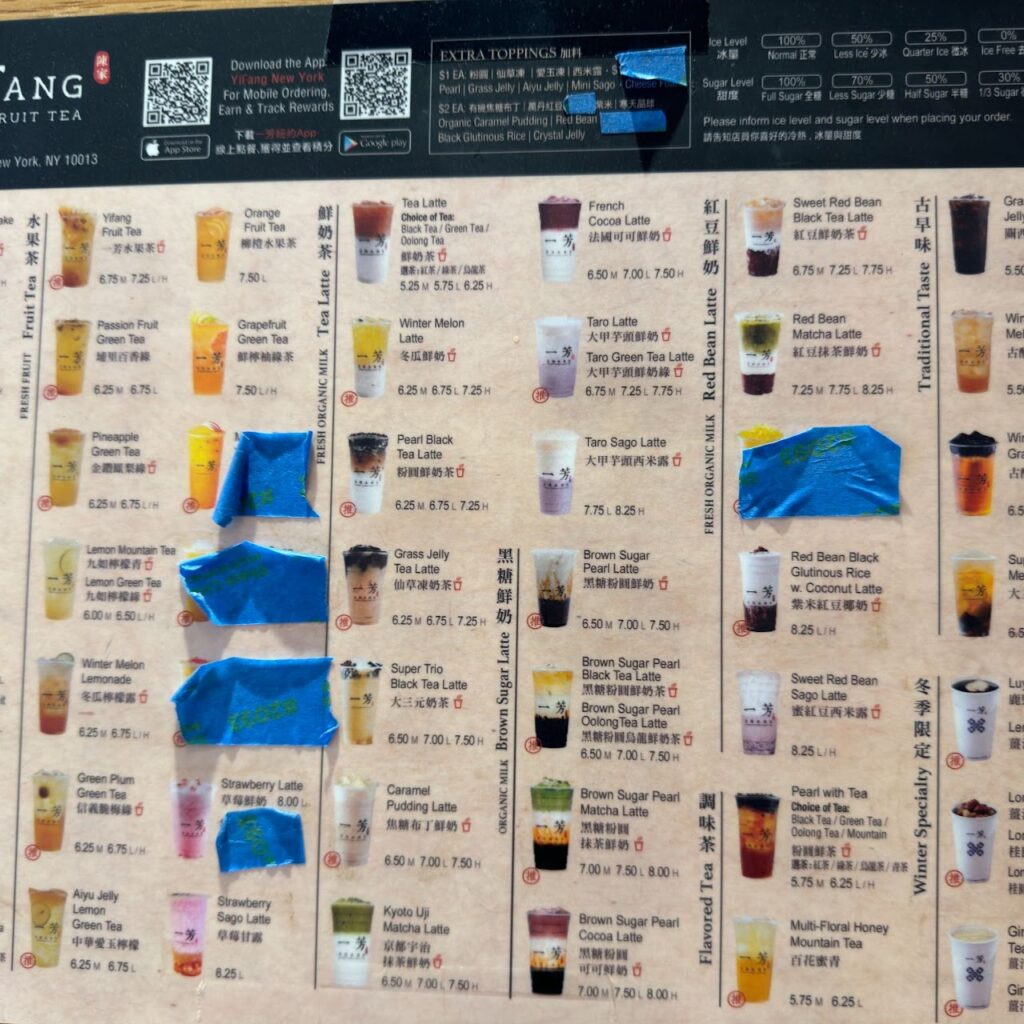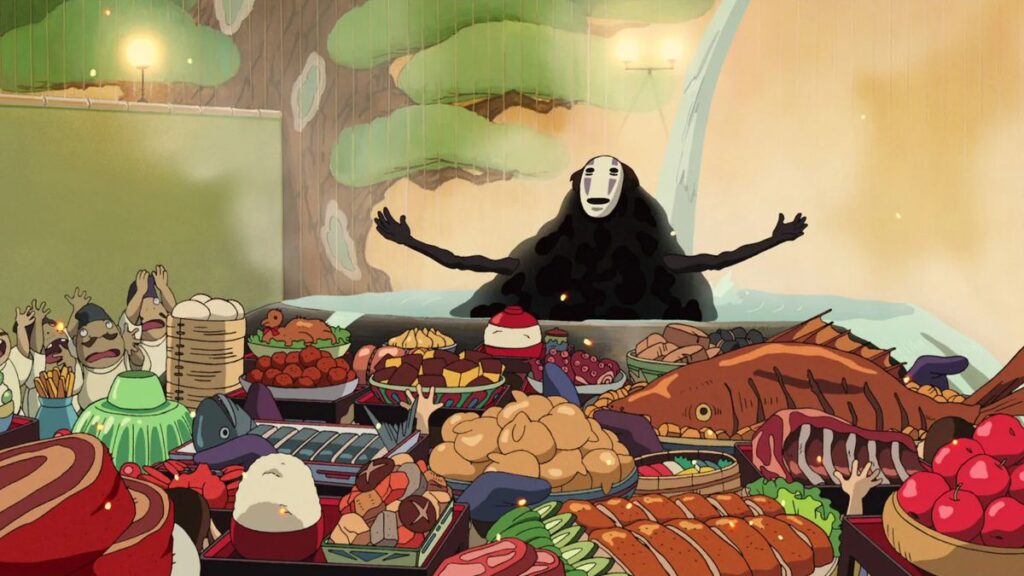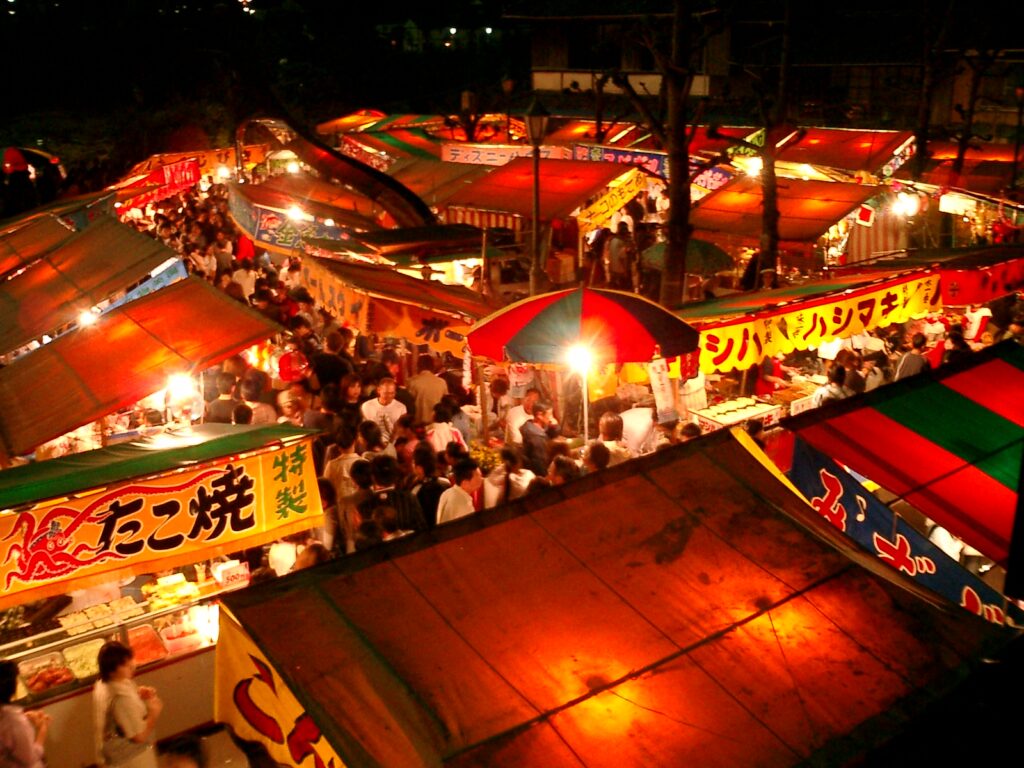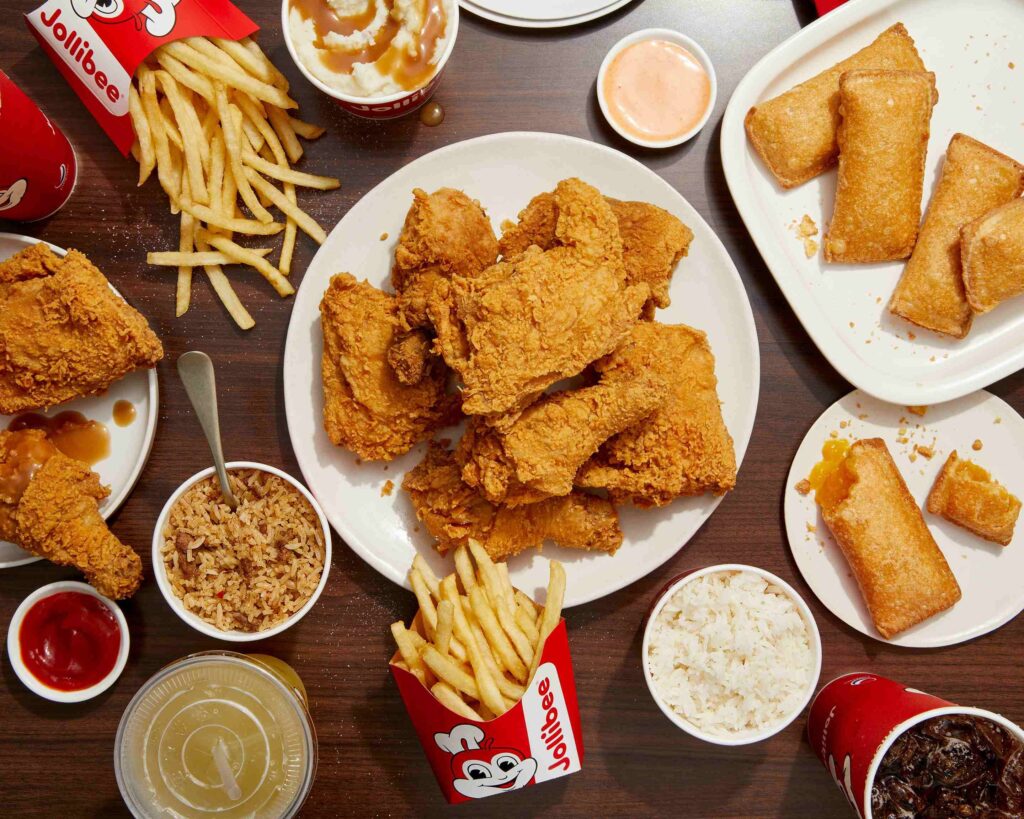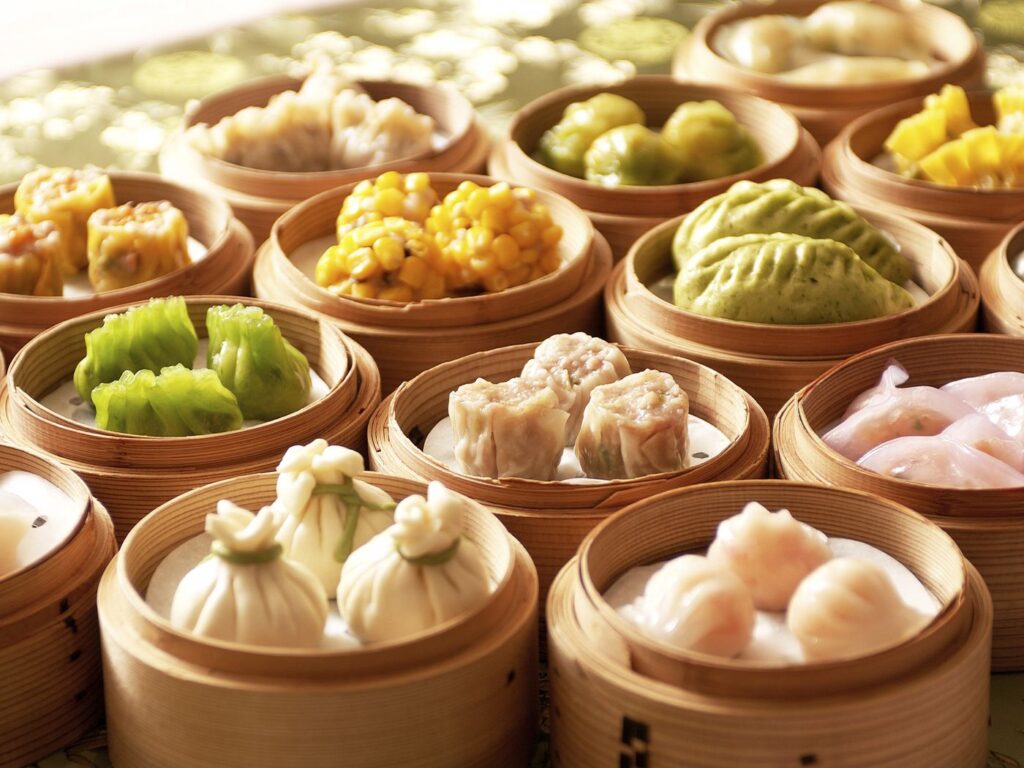The conception of this project started as a singular thought experiment: what would Tampopo look like if they made it in the United States? Tampopo, created in 1986 by Japanese director, Juzo Itami, is a beloved film that showcased to the Western-world Japanese food. Utilising this food, it also offers a satiric cultural commentary of Japan at the time, with the film addressing larger critiques on topics such as feminism, class, traditionalism, consumer culture, and capitalism. Having watched this film several times and deeply enjoying it, I began to wonder what such a film would look like if made to reflect modern-day America. Thus, what started as a simple thought experiment transformed into a complicated project that explored my relationship to food in several different roles as a filmmaker, anthropologist, college student, and Asian American. Through using these multiple lenses of identity, I was able to create a unique experience to encapsulate some of the various themes found throughout the movie.

